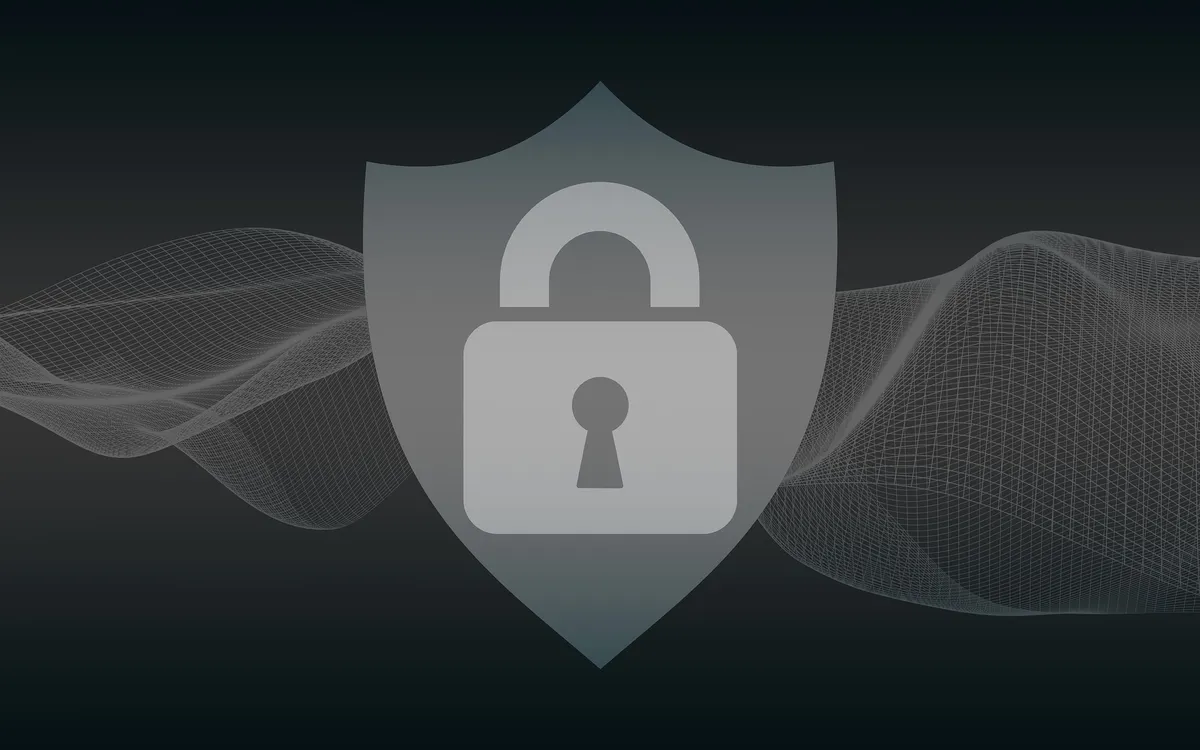Table of Contents
Digital Security Controls

In today’s data-driven world, protecting sensitive information has become paramount for individuals and organizations alike. Cybersecurity threats, data breaches, and identity theft are ever-present challenges that require robust data protection measures. Digital security controls offer a comprehensive and proactive approach to safeguarding data, ensuring confidentiality, integrity, and availability. In this blog, we will explore the importance of data protection and how digital security controls play a pivotal role in strengthening data security.
The Significance of Data Protection
Data is a valuable asset that fuels innovation, drives business decisions, and personalizes user experiences. However, it also contains a wealth of sensitive information that, if compromised, can lead to severe consequences. The significance of data protection is evident in the following aspects:
Preserving Customer Trust
Protecting customer data is essential for maintaining trust and loyalty. Data breaches can erode confidence, leading to reputational damage and potential loss of business.
Regulatory Compliance
Compliance with data protection regulations, such as GDPR and CCPA, is not just a legal requirement but a moral obligation. Failure to comply can result in substantial fines and legal liabilities.
Intellectual Property Protection
For businesses, safeguarding intellectual property, trade secrets, and proprietary information is crucial for maintaining a competitive edge and preserving innovations.
Mitigating Financial Losses
Data breaches can lead to significant financial losses due to incident response costs, legal fees, and potential compensation to affected parties.
Strengthening Data Protection with Digital Security Controls
Digital security controls offer a multi-layered defense to strengthen data protection. Implementing the following measures empowers organizations and individuals to safeguard their valuable data:
Data Encryption
Data encryption ensures that sensitive information remains unreadable and unusable to unauthorized parties, even if intercepted.
Access Control and Authentication
Implement strong access controls and multi-factor authentication to restrict data access to authorized personnel only.
Network Security
Secure networks with firewalls, intrusion detection systems, and virtual private networks (VPNs) to prevent unauthorized access and data breaches.
Regular Security Audits
Conduct periodic security audits and vulnerability assessments to identify weaknesses and address potential threats promptly.
Employee Training and Awareness
Educate employees about data protection best practices and cybersecurity awareness to minimize the risk of human error and insider threats.
Incident Response Planning
Develop comprehensive incident response plans to handle data breaches and security incidents efficiently, reducing the time to detect and mitigate threats.
Conclusion
Data protection is not an option but a necessity in our digital age. As cyber threats continue to evolve, embracing digital security controls becomes critical for safeguarding sensitive information and preserving the trust of customers, stakeholders, and business partners.
By encrypting data, enforcing access controls, and implementing robust network security, organizations can create a strong defense against potential data breaches. Combining these digital security controls with regular security audits, employee training, and incident response planning empowers businesses to respond swiftly to security incidents and minimize their impact.
With the commitment to data protection and the proactive implementation of digital security controls, we can navigate the data-driven landscape with confidence, knowing that our most valuable asset – data – remains safe and secure. Strengthen your data protection, protect your digital assets, and embrace a future where data security is the cornerstone of trust and success.



